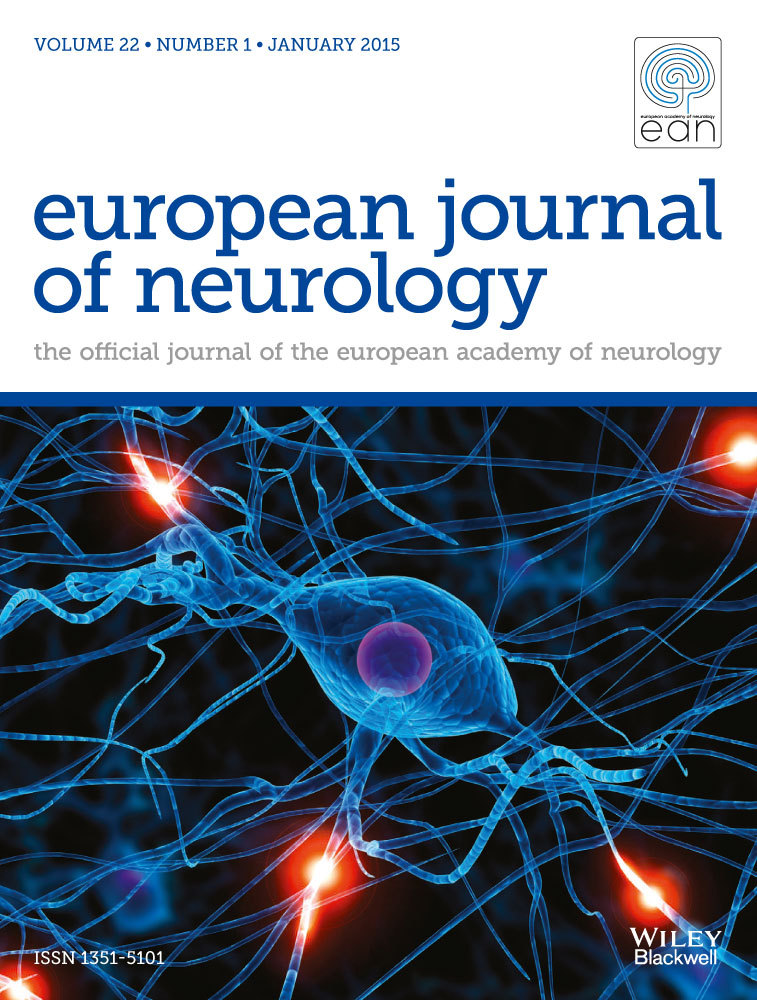Early intensive therapy versus escalation strategy in French Caribbean multiple sclerosis cohort
Abstract
Background
Data on Escalation Therapy versus Early Intensive Therapy (EIT) Strategy in multiple sclerosis (MS) are lacking, particularly in Afro-Caribbean cases, known for their severity.
Objectives
To assess efficacy and safety of these strategies in a predominantly Afro-Caribbean relapsing–remitting MS population.
Methods
A multicenter retrospective study of 195 MS patients, including 66 on EIT, with ≥2 years follow-up. Primary outcome: Kaplan–Meier curves and log-rank test were used to assess irreversible progression to EDSS scores of 3, 6, and 8. Secondary outcomes: change in EDSS score, risk factors for EDSS progression, and severe adverse effects.
Results
EIT showed slower EDSS 3 progression than Escalation (median survival 13.5 vs. 9.8 years, p = 0.024). After a median follow-up of 8 years, 89.5% on EIT remained free from EDSS 3 versus 63.8% on Escalation. Univariate analysis linked Escalation (hazard ratio (HR; 95% CI): 2.42 [1.09–5.34]), age at first relapse (HR: 1.04 [1.01–1.06]), incomplete symptom regression (HR: 1.69 [1.02–2.77]), and EDSS 3 progression. EDSS stabilized or decreased with EIT but worsened with Escalation (p < 0.001). Safety profiles were similar.
Conclusions
EIT extends median time to irreversible EDSS 3 in Afro-Caribbean individuals compared to Escalation, supporting its preference as initial treatment.


 求助内容:
求助内容: 应助结果提醒方式:
应助结果提醒方式:


